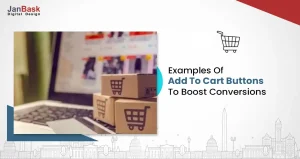
What is stopping you from launching your eCommerce business?
I know there are endless questions in your mind when starting an eCommerce business, because launching an eCommerce store is not an easy task. It requires a lot of hard work and planning.
But, we are here to help you at every step. We bring to you a detailed blueprint for launching your eCommerce store. It will help you shape up your journey while going for research, launch, or profitability of your eCommerce store.
“Every second you spend thinking about what somebody else has is taking away from time that you could create something for yourself” - Gary Vee
“You should learn from your competitor, but never copy. Copy and you die” - Jack Ma, EC Alibaba Group
This can be quite tricky when starting an eCommerce business, as finding the right product that will position you in the market is not easy. You may feel that every other product is already being sold, or there is immense competition in the market.
Here are some strategies to find the product that sells:
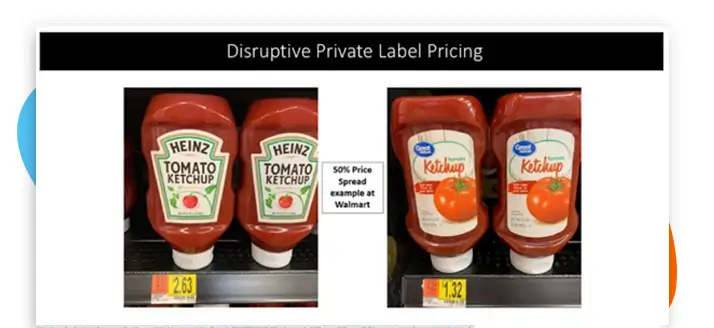
Eric Bandholz started Beardbrand as a blog discussing business and sales strategy. Slowly, his passion for beards crept into the blog. Over time, he turned his passion for the bearded lifestyle into a separate and successful eCommerce business selling beard-grooming products.

“Amazing things will happen when you listen to the consumer” - Jonathan Midenhall, CMO for Airbnb
Now that you have finalized the product you want to sell to start an ecommerce business, product validation is important to check the existing demand for the product.
1. Talk to your customers personally.
Get into a local market, or participate in a craft show. See whether people like your product or not. Also, it will give you a fair view of the pricing and the future scope of the product.
2. Competition analysis is crucial.
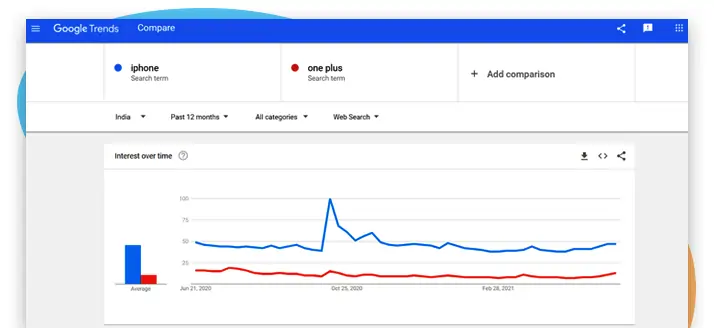
“Overall the web is pretty sloppy, but an online store can’t afford to be” - Paul Graham, Co-Founder of Y Combinator
Obtaining your product is not an easy task when starting an eCommerce business, it requires proper research and planning. Some popular business models are:
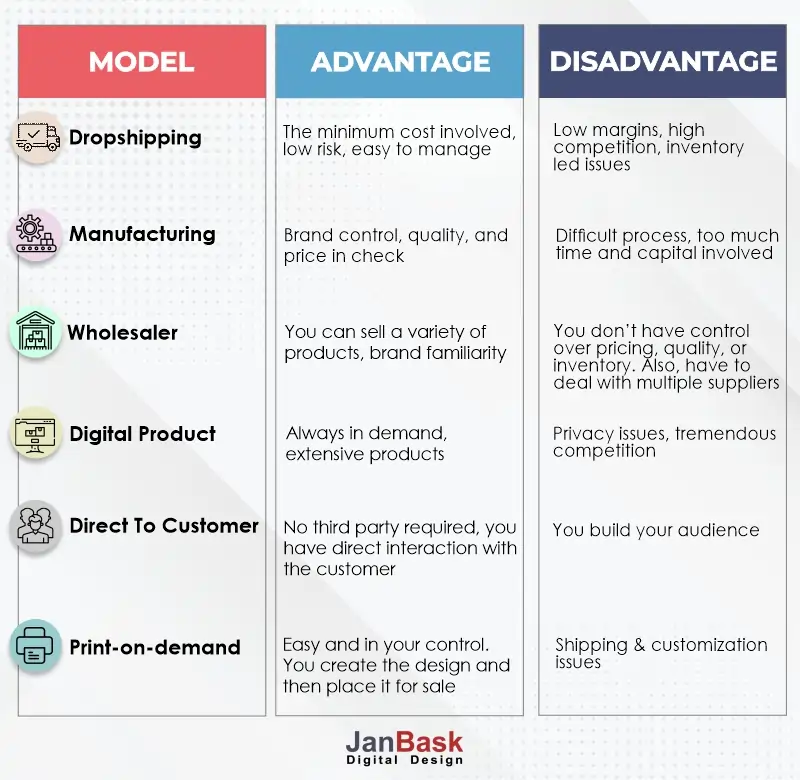
“Chase the vision, not the money; the money will end up following you.”- Tony Hsieh, CEO of Zappos
A business plan is a roadmap to success. Preparing it will help you understand how ready you are to launch your store, what are the loopholes to be fixed, what areas need immediate attention, and how to start an eCommerce business. Before coming up with a full-proof business plan, it is necessary to understand the market sentiments, and how your competition is performing.
Here are some tips to track your competition most effectively:
Effective tools to analyze your competitors

How to start an eCommerce business? Now that you know the market, what is trending, how the future looks like, what is the buyer persona, and many other such things? Consider adding all these points in your business plan:
Draft your business plan
“Timing, perseverance, and ten years of trying will eventually make you look like an overnight success.” - Biz Stone, co-founder of Twitter
Yes, it’s time to set up your business, How?
Choose an appropriate domain name. Remember to choose a name that is easy for people to relate to. The best way is to brainstorm with experts like hiring an agency that can take care of the complete lifecycle of your eCommerce launch.
Here are some tools you can use to generate your business name to start ecommerce business
Whatever is your business name abide by these rules:
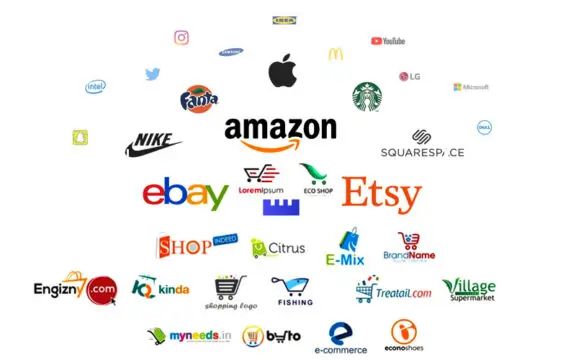
Interestingly, 36% of respondents agree that the logo itself usually helps them remember the brand in question, not the other way around. The right logo is critical as it represents your brand and creates positioning in the mind of users.
Here are some tools to create a logo to start ecommerce business
Some tips to create a great logo when starting an ecommerce business
With all elements in place, it’s time to build your store. Here are the key aspects you need to focus upon:
Develop Highly engaging product pages when starting an ecommerce business
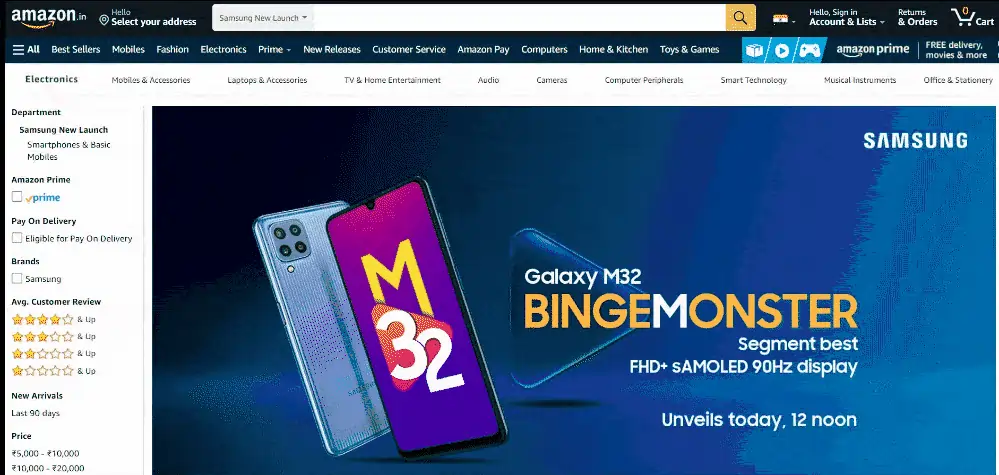
Many times it happens that despite getting traffic on your website, products are not being added to the cart, sales numbers are not achieved, the conversion rate is not up to the mark. Ever thought about the reason behind this? We have a team of experts in the area who recommended focusing upon highly converting product pages.
What makes a product page great?
The product page is the stage for information that your users seek before mankind a buying decision. If not well-drafted you may experience a high bounce rate. A good product page comprises awesome products, a catchy product description, enhance user experience while navigating the page, detailed images or videos.
Take note of the following factors while designing your product page
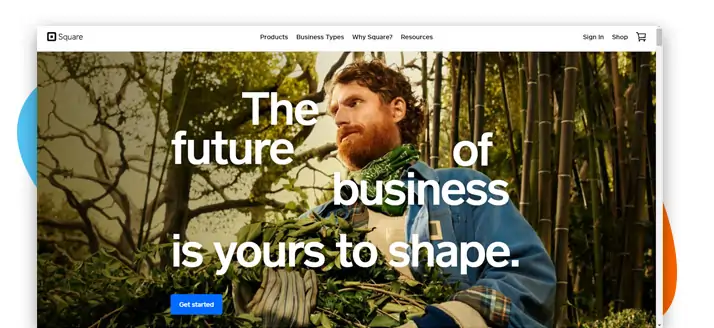
Your main motive is customers adding products to the cart, and finally buying them. This won’t happen if you don’t have a crystal clear CTA button. It has to be visible and should be appealing enough for the buyer to hit the button.
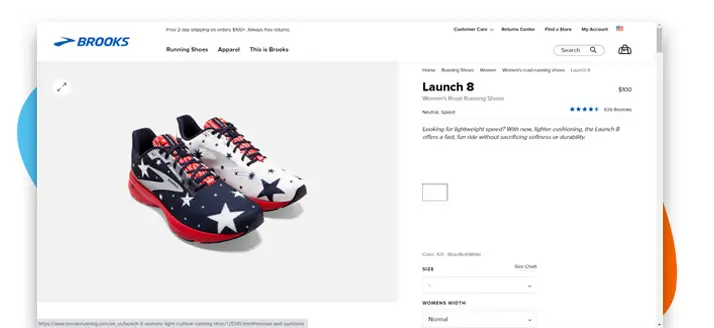
Yes, you heard me, no one will buy a product without seeing it. With an online store, users cannot feel the product and so you need to invest in great images, and videos that make the user see the product from every angle. Product photography is extremely important.
Give complete detail about product pricing. When you have competitors and your price is also on the higher side your product description should showcase the USP of the product explaining to customers why the price tag is so stated.
Your product copy should feature every detail about the product. Take into account both existing and new users when writing product copy. It should have information for every set of audiences. While writing content, be a storyteller and tell users how your product is going to make their lifestyle much better.
“If you do build a great experience, customers tell each other about that. Word of mouth is very powerful.”- Jeff Bezos, Founder of Amazon.com
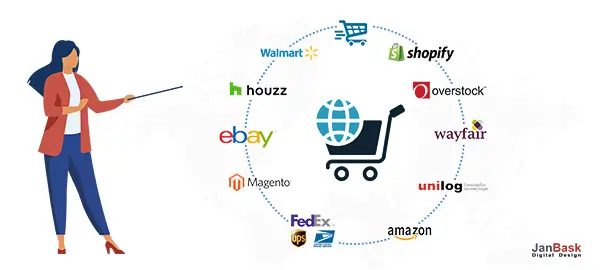
One of the easiest ways to start selling and get connected to your audience is by partnering with a sales channel.
There are multiple benefits to it:
“I don’t create companies for the sake of creating companies, but to get things done.” - Elon Musk, CEO & CTO of SpaceX, Investor in PayPal
Now everything is in place, and you have to start ecommerce business, so go ahead with preparing your shipping, and fulfillment.
Here are some tips for shipping, fulfillment, and return policies
Sum up the shipping cost
Return policy
Keep a user-friendly return policy. If your return policy is not flexible you may lose customers. Also, ensure to publish every detail related to return.
Let me share some tips to keep your profits in check:
Communication is at the heart of eCommerce and community” - Meg Whitman Hewlett-Packard CEO
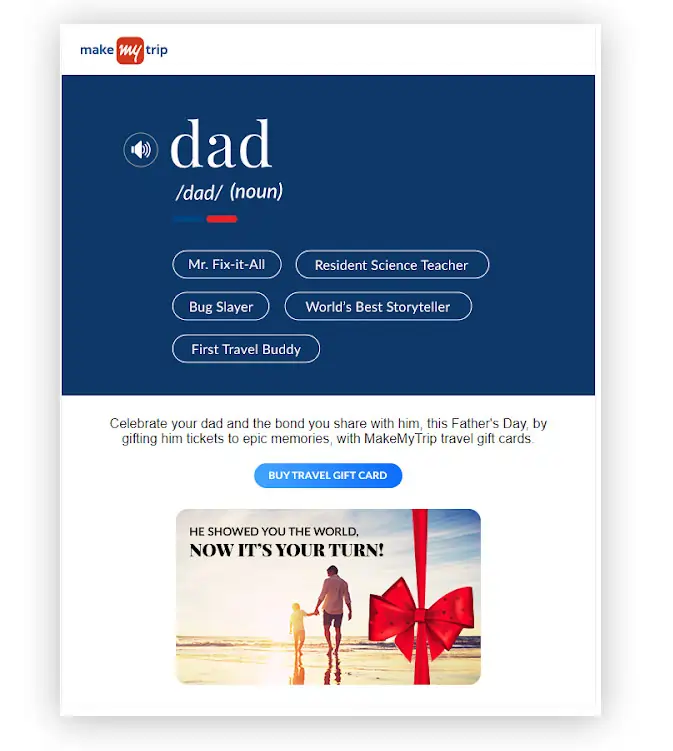
Works wonder to acquire new customers and also to regularly connect with your existing customers thereby strengthening the customer relationships.
Various kind of emailers that help to start an eCommerce business
2. Get traffic from social media
Set up your goal
First, define your goal, what result you want and how will you measure the same.
The research profile of your target audience to understand the buyer persona
Understand what segment of buyers will love your product. and create a buyer person taking into account the following: age, finance, profession, marital status, location, buying concern, etc. Similarly, you can get a better sense of what is trending, what conversations are the prospective target audience indulging in by studying platforms like Reddit. Another way is to go through blog comments, you get a clear sense of what are the user want list and pain points
What kind of content will you post on social media?
Develop a content architecture regarding what kind of content you will post and how frequently. Create an editorial calendar to keep a track of the content. You can come up with different kinds of content for social media platform like:
Decide upon the channel you will promote the content at:
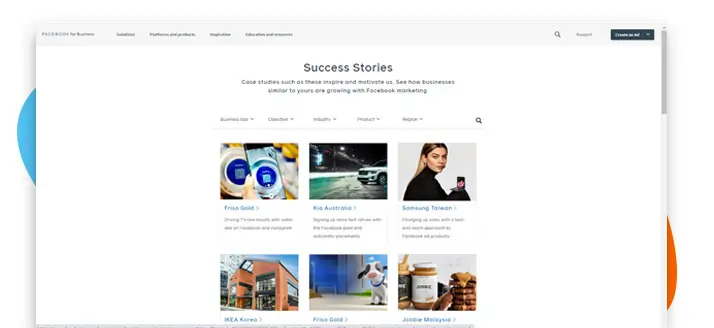
“Your most unhappy customers are your most important source of learning” - Bill Gates, Microsoft Founder
How will you measure your success without setting up the key performance indicators? Here the essential ones:
Sales KPI
Marketing KPI
You can’t just open a website and expect people to flood in. If you really want to succeed you have to create traffic.”- Joel Anderson, Walmart CEO
Conversion rate optimization is about optimizing your landing pages, product pages, overalls website for a higher conversion rate. The more visitors on the site adding products to the cart, the higher will be the conversion.
Some key areas to focus upon:
“Data Data Data! I can’t make bricks without clay” - Sir Arthur Conan Doyle, Physician and Writer
These eCommerce metrics will keep you on track:
Sales conversion rate is critical - This is the number of people purchasing the total number of visitors. If the sales numbers are not on track you cannot decide the future course of action. When starting an ecommerce business you need to understand these parameters.
People opting for emails/newsletters - Emailers are a very powerful tool as it’s a pool of databases of prospective buyers. People subscribing to your newsletters are loyal customers who love your product and want to be updated about what is next in the kitty for them.
Customer lifetime value - This metric shows the total you earn for a customer throughout their life. This is a measurement of your customer retention rate.
Cost of acquiring a customer - This is calculated by the total marketing spend against the customers acquired. It reflects whether your marketing efforts are going in the right direction or not.
Shopping cart abandonment rate - This shows the number of people adding products to the cart but leaving from there. This simply means you have to work upon your remarketing strategy, send regular emails for the buyer to make a purchase, and make the check-out process simple.
Starting an eCommerce business is a challenging task, but you can't imagine the kind of fame and success it will fetch for you. Thorough market research, optimization of your product pages, a solid business plan, business metrics in check and construct innovation will land you as a winner. These are the key answers to “how to start an eCommerce business”
Hope this article will help.
Don’t forget to share your thoughts, as we put in a lot of effort to get the right information just for you.
“Ecommerce isn’t the cherry on the cake, it’s the new cake” - Jean Paul Ago CEO L’Oreal
O
After going through this post I am feeling confident about my knowledge of creating an eCommerce store.
J
Must-read posts for those who are planning to start an eCommerce store.
N
As I am not technically sound and very new to this digital world but after reading this blog I am feeling that I can start an eCommerce business easily. What a nice blog.
A
I am thinking of starting my ecommerce business but don’t know where to start? Please help!
P
I am new to the ecommerce business. I want to hire a team of professionals. Can your team help?
A
What is this A/B test mentioned in the post for landing page design?
F
The tips mentioned above are really helpful. Thankyou for the article!
S
What are steps that I can follow to start my business with a bang?